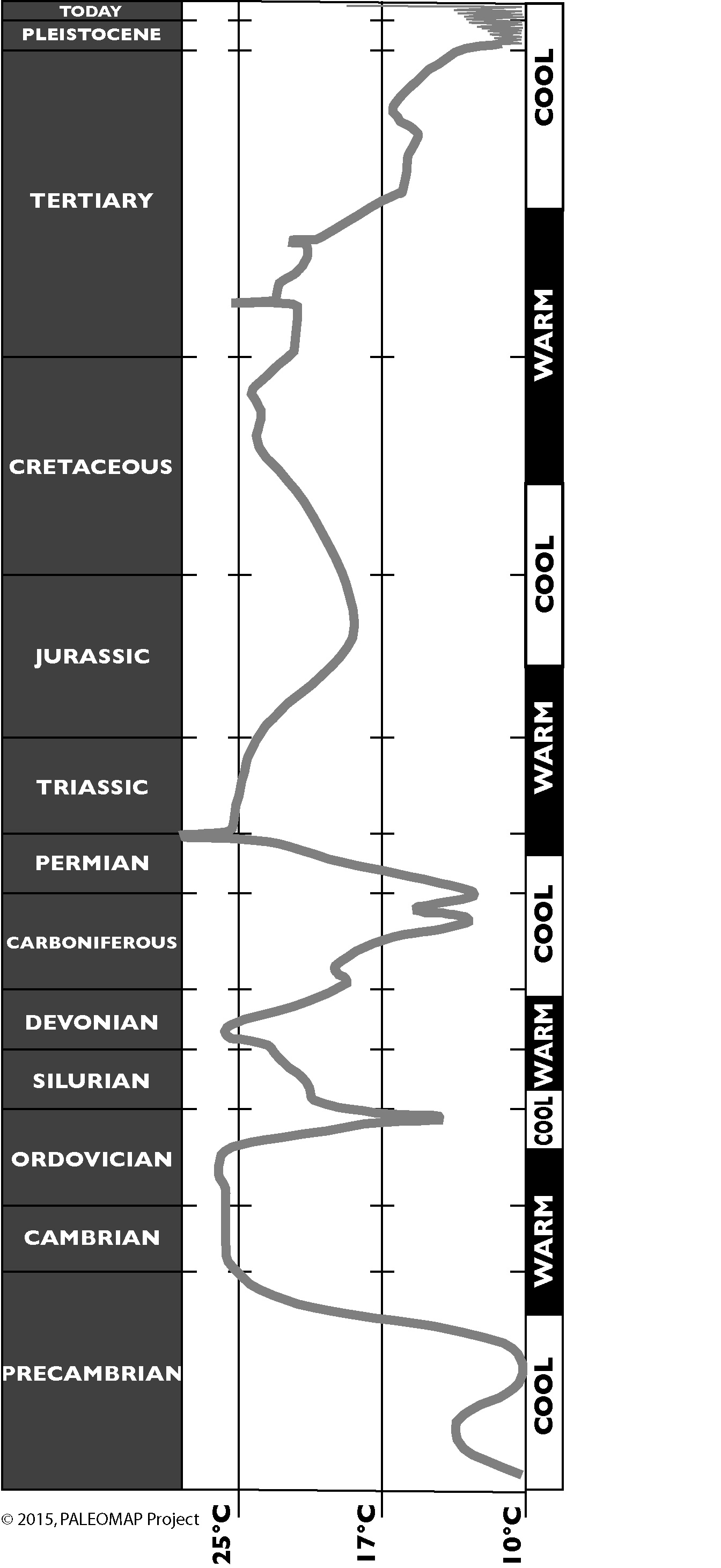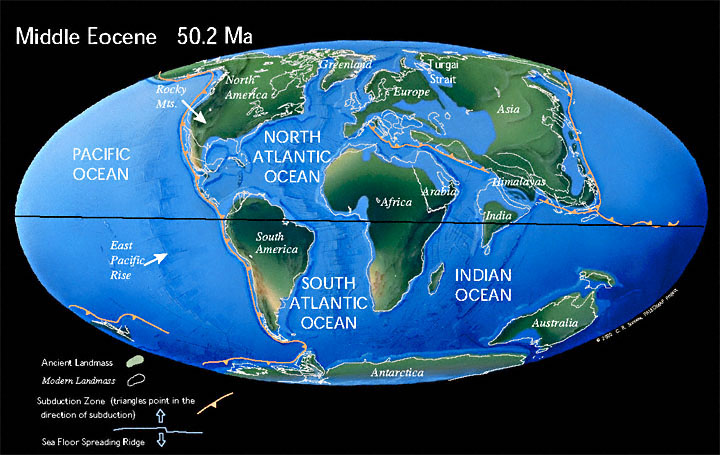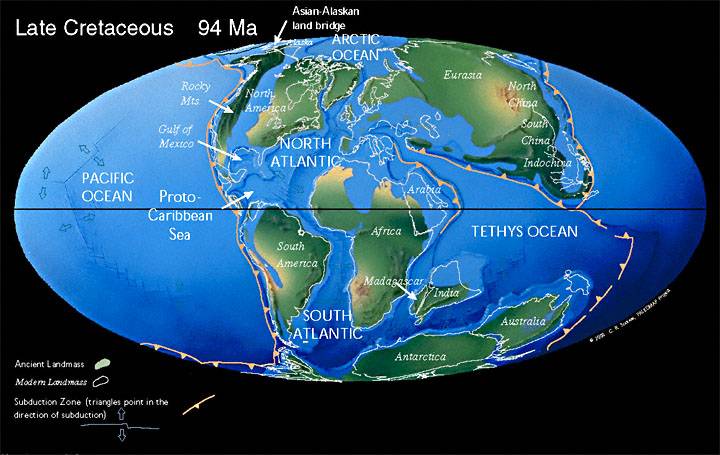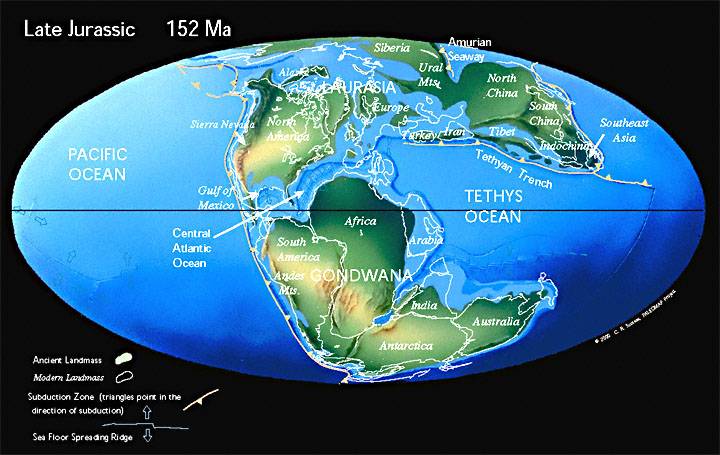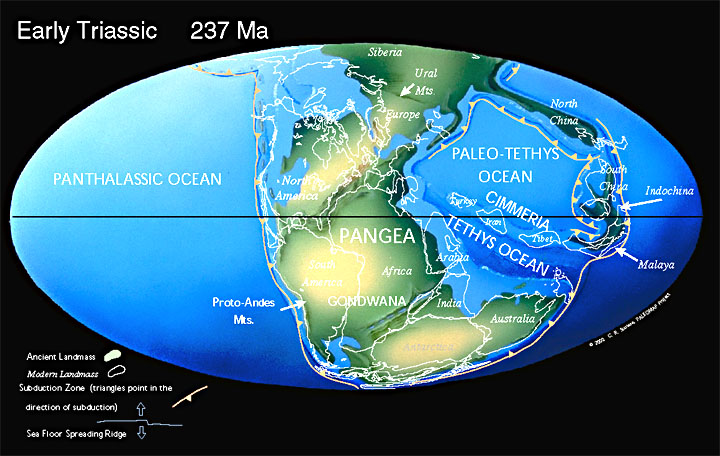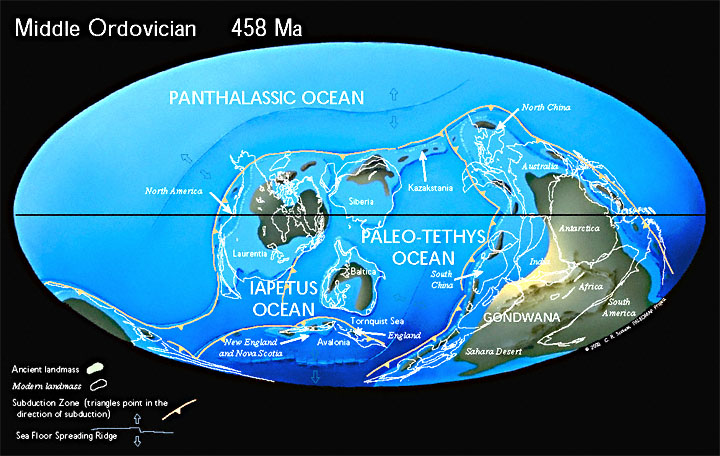I have mentioned climate sensitivities in a few threads in the past. with the leak of SOD of AR5, it has been brought to the forefront again.
Ridley's WSJ article-
Matt Ridley: Cooling Down the Fears of Climate Change - WSJ.com
if you are actually interested in the details-
Why doesn’t the AR5 SOD’s climate sensitivity range reflect its new aerosol estimates? | Watts Up With That?
doesnt this take the 'catastrophic' out of CAGW? at the very least it gives us much more time to realistically improve technology to reduce CO2 emissions.
Ridley's WSJ article-
Matt Ridley: Cooling Down the Fears of Climate Change - WSJ.com
Mr. Lewis tells me that the latest observational estimates of the effect of aerosols (such as sulfurous particles from coal smoke) find that they have much less cooling effect than thought when the last IPCC report was written. The rate at which the ocean is absorbing greenhouse-gas-induced warming is also now known to be fairly modest. In other words, the two excuses used to explain away the slow, mild warming we have actually experiencedculminating in a standstill in which global temperatures are no higher than they were 16 years agono longer work.
In short: We can now estimate, based on observations, how sensitive the temperature is to carbon dioxide. We do not need to rely heavily on unproven models. Comparing the trend in global temperature over the past 100-150 years with the change in "radiative forcing" (heating or cooling power) from carbon dioxide, aerosols and other sources, minus ocean heat uptake, can now give a good estimate of climate sensitivity.
The conclusiontaking the best observational estimates of the change in decadal-average global temperature between 1871-80 and 2002-11, and of the corresponding changes in forcing and ocean heat uptakeis this: A doubling of CO2 will lead to a warming of 1.6°-1.7°C (2.9°-3.1°F).
This is much lower than the IPCC's current best estimate, 3°C (5.4°F).
if you are actually interested in the details-
Why doesn’t the AR5 SOD’s climate sensitivity range reflect its new aerosol estimates? | Watts Up With That?
There has been much discussion on climate blogs of the leaked IPCC AR5 Working Group 1 Second Order Draft (SOD). Now that the SOD is freely available, I can refer to the contents of the leaked documents without breaching confidentiality restrictions.
I consider the most significant but largely overlooked revelation to be the substantial reduction since AR4 in estimates of aerosol forcing and uncertainty therein. This reduction has major implications for equilibrium climate sensitivity (ECS). ECS can be estimated using a heat balance approach comparing the change in global temperature between two periods with the corresponding change in forcing, net of the change in global radiative imbalance. That imbalance is very largely represented by ocean heat uptake (OHU).
Since the time of AR4, neither global mean temperature nor OHU have increased, while the IPCCs own estimate of the post-1750 change in forcing net of OHU has increased by over 60%. In these circumstances, it is extraordinary that the IPCC can leave its central estimate and likely range for ECS unchanged.
I focused on this point in my review comments on the SOD. I showed that using the best observational estimates of forcing given in the SOD, and the most recent observational OHU estimates, a heat balance approach estimates ECS to be 1.61.7°C well below the likely range of 2‑4.5°C that the SOD claims (in Section 10.8.2.5) is supported by the observational evidence, and little more than half the best estimate of circa 3°C it gives.
doesnt this take the 'catastrophic' out of CAGW? at the very least it gives us much more time to realistically improve technology to reduce CO2 emissions.




